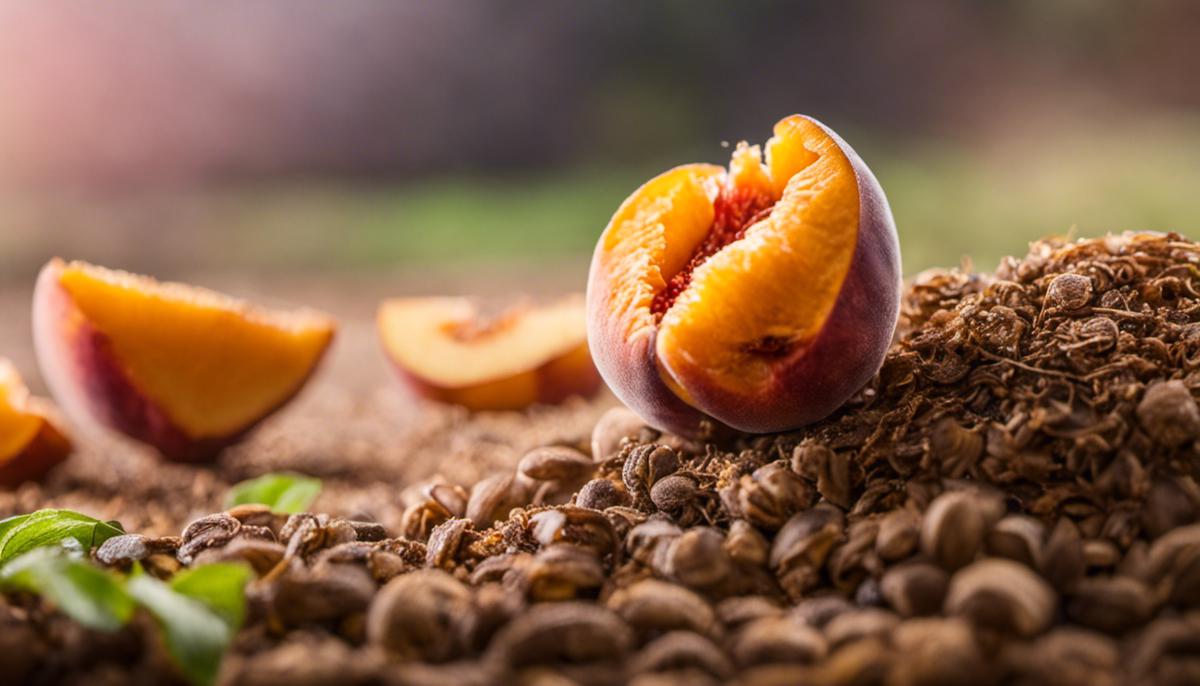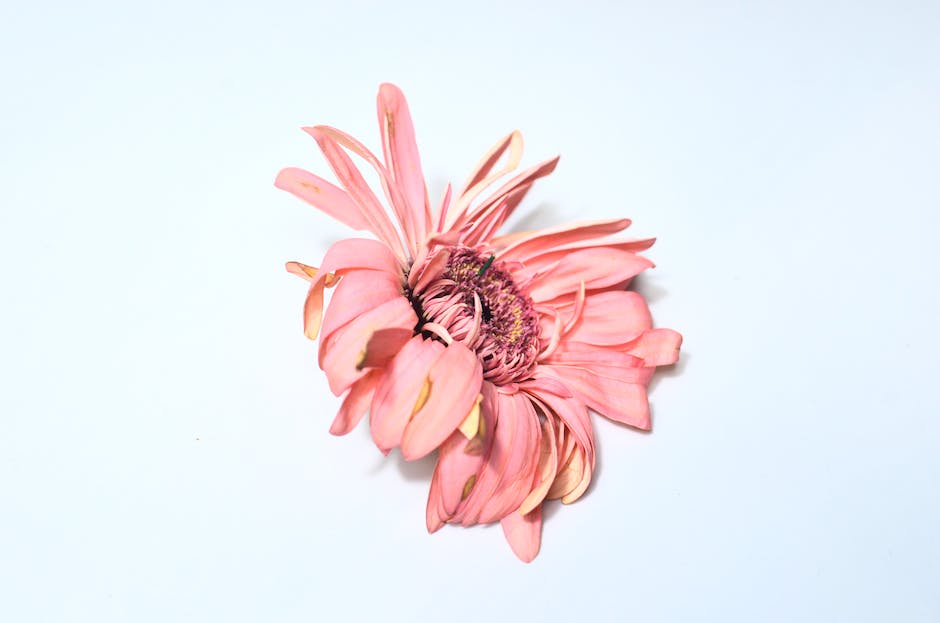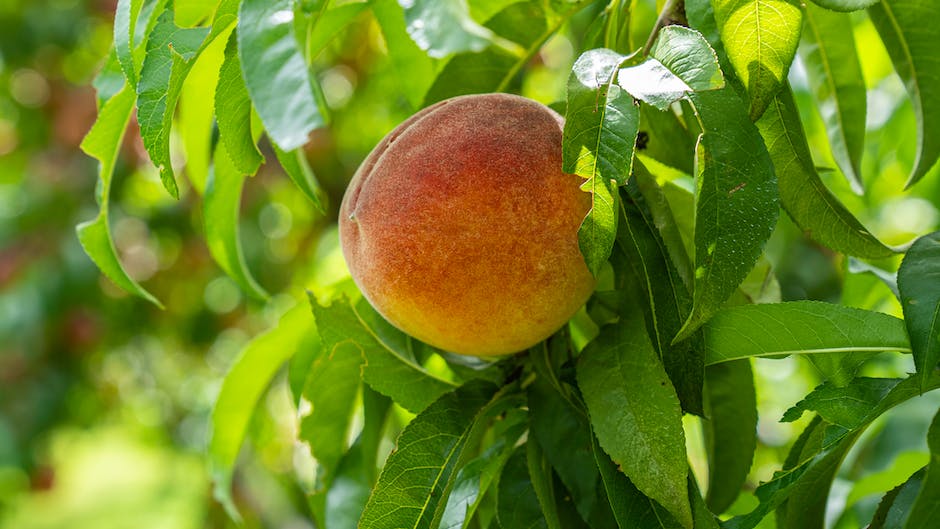Grow Your Own Peach Tree from a Pit: A Guide

Almost everyone enjoys the sweet juiciness of a ripe peach, capturing a piece of summer’s warmth in each bite. But have you ever considered growing your own? Amazingly, you can germinate your own peach tree from something commonly discarded – the peach pit! In this comprehensive guide, we will delve into the process of preparing the pit and planting it, a seemingly intricate process simplified into manageable steps. We will also cover comprehensive care for your peach tree, ensuring it gets the right amount of water, sunlight, and nutrients from the soil. Furthermore, we’ll arm you with knowledge about common diseases, pests, and environmental factors that can affect your tree and provide preventive measures as well as treatment options.
Preparing the Peach Pit
Unlock the Secret of Nature: How to Prep a Peach Pit for Planting
Few feelings compare to the excitement and pure joy brought by the process of nurturing a little pit into a vibrant, fruit-laden tree. Today, let’s hone in on the gorgeous peach tree, specifically addressing the absolute correct way to prepare a peach pit for planting. From harvesting to sprouting, this process is truly a marvel, blending science and love into the art of green thumbing.
First and foremost, let’s launch into the process of harvesting the perfect peach pit. Only fully ripe peaches bear seeds that have matured enough to be viable. Upon devouring (or lightly nibbling) around the pit, make sure to clean it thoroughly with water, removing every last morsel of fruit flesh. Leftover flesh can lead to fungal growth which jeopardizes the pit’s viability. Once scrubbed clean, the pit should be left to air dry in a cool and dry area. This drying phase can be anywhere from three days to a week, but patience here sets the stage for success later.
Now, onto the stratification stage – an often overlooked step that’s truly key. Peach pits need to undergo a process that simulates their natural winter dormancy period. This time of chilling encourages the seeds to spring into life as soon as nice weather arrives. The pit should be wrapped in a damp paper towel, then stowed in a zip-lock bag, and finally, popped into the refrigerator for two months’ rest.
When the pit cracks open slightly after two months, we’re on the right track. It’s the gentle whisper of the seed ready to sprout. But remember, not every pit will sprout. Nature has its uncertainties, so don’t be disheartened if it doesn’t occur on your first try.
The sprouted pit must now be situated in a growing medium to let roots take hold. A small pot filled with well-drained potting soil proves to be a fitting new abode. Make sure the pot has adequate drainage holes. Bury the pit with the root pointing downward, but ensure that a small part of the pit remains visible above the soil surface.
Provide all the love to this budding life with ample sunlight and water. Consistency is key: do not let the growing medium dry out completely, but equally, avoid over-watering, which can cause the seedling to rot. Warmth and light are essential to the successful cycle of germination, so access to a sunny windowsill or grow light is optimal.
Behold the transformation as the pit metamorphoses into a little seedling. One must remember this little seedling is delicate, and therefore, needs protection from harsh elements in its initial stages. Monitor its growth closely but gently, adjusting care to address any signs of stress.
From harvest to sprout, the process of preparing a peach pit for planting is a journey of patience and gentle nurturing. It’s an experience of reconnecting with nature, of observing time and growth, and of symbiotic care. This hobby is not just about tending to plants, but also about garnering wisdom about life. Happy Planting!

Planting and Caring for the Peach Tree
When it comes to the fine art of cultivating fruit trees from seed, the process is as exciting as it is rewarding. With the sprouted peach pit securely nestled in its starting pot, we’re now moving forward into an area of profound growth. Remember, McPeach Pit’s journey is not over just yet. Let’s ensure we’re thorough in our approach. This is hardly daunting, it’s simply attentiveness sprinkled with a chunk of patience.
An absolute certainty in this endeavor is the importance of well-drained soil. We’ve said it before, and it bears repeating, ‘well-drained soil is non-negotiable’. Peaches can’t stand “wet feet”, and persistently waterlogged soil can quickly cause root rot. So, always double-check the bottom of the pot for effective drainage holes.
As your young sapling continues to unfurl its green, leafy story, be observant of its environment. It needs an ambiance with consistent temperatures for optimal growth. Typically, a room temperature ranging from 70 to 75 degrees Fahrenheit does the trick.
Lighting is the next point of note. Position your peach tree by a south-facing window or in an area that receives at least 6 hours of bright, indirect sunlight each day. In the absence of adequate natural light, fluorescent lights can be a splendid substitute.
Your sprouted pit is no longer a baby and is eager to absorb nutrients. You can introduce fertilizing around this time. Opt for a balanced, slow-release fertilizer, and always follow the instructions on the label. Less can often be more when it comes to fertilizing.
Watering certainly calls for precision. It sounds simple, yet it’s a common area where many gardeners stumble. Make sure to keep the soil consistently moist, but not soaked. Overwatering can be as detrimental as underwatering. A good rule of thumb is to water when the top inch of the soil feels dry.
Then comes the time to repot your peach tree. When it outgrows its starting pot or reaches about a foot tall, it needs a larger home, somewhere it can comfortably spread its roots. Plant the sapling in a bigger pot, approximately 12-14 inches in diameter, using the same well-draining soil.
Remember, a peach tree is relatively sturdy but still susceptible to various pests and diseases. Regularly inspect the leaves, stems, and soil for any signs of distress. Early detection ensures early mitigation.
At this point, you’re just a few years shy of your first harvest. During this phase, your peach tree will need constant care, attention, and most importantly, love. The bond you’ve formed with your tree is akin to that of an artist and their masterpiece. So nurture this bond, and soon, you’ll witness the fruits of your labor. Happy peach growing!

Troubleshooting Common Peach Tree Problems
Having dutifully planted, sprouted, and nurtured the growth of a peach seedling, common challenges might still arise. Knowing what these challenges are, as well as how they can be prevented or treated, is crucial to the success of growing a peach tree from pit.
First and foremost, a common concern with peach trees, as with many plants, is root rot. This is often the result of overwatering or poor soil drainage. Check the color of the roots regularly. Healthy roots should be white or light colored. If they become dark or mushy, it might be a sign of root rot. To prevent this, ensure water does not sit stagnant in the pot or soil. If root rot does occur, it may be best to repot the tree in fresh, well-drained soil and reduce frequency of watering.
Lighting is another crucial factor for peach tree growth. Peach trees require full sun, meaning they should receive at least six hours of sunlight per day. Too little sun can lead to weak growth and poor fruit production, while too much can scorch the leaves. To ensure balanced exposure, take note of the sunlight patterns in your garden or chosen tree spot. If necessary, consider investing in shade cloth for overly sunny days.
While fertilization is beneficial for tree growth, over-fertilization can be detrimental. The excessive nutrients can cause foliage growth at the expense of fruit production and can even kill the tree. To prevent this, introduce fertilizing gradually and always follow instructions on the fertilizer package.
Watering is also a delicate balance. Peach trees need regular watering, but overdoing it can lead to root rot. To strike the right balance, water deeply once a week during dry periods, but less during cooler months. A slow-drip system can also be useful to avoid overwatering.
Peach trees may outgrow their pots as they mature, demanding a larger growing space for their expanding root system. If growth stunts or the tree’s health deteriorates unexpectedly, this might be a clue that it needs repotting.
In terms of pests and diseases, peach trees can be susceptible to several, including aphids, peach tree borers, and peach leaf curl. Regularly monitoring the tree for these, and other potential pests or illnesses, is of high importance. At the first sign of infection, organic or chemical treatments should be promptly applied.
Before the first harvest, pay special attention to the tree’s overall health. A healthy tree with luscious green leaves and strong branches is more likely to produce quality fruit. After the harvest, pruning can assist in maintaining the tree size, encouraging new growth, and clearing any dead or diseased branches.
Ultimately, growing a peach tree from pit is a journey filled with both challenges and rewards, the latter springing forth as the fabulous joy of biting into a freshly picked peach from your own tree. Stay informed about potential hardships and enthusiastic about overcoming them, and that dream will swiftly become a reality.

As we’ve explored, growing a peach tree from the pit is a rewarding process that combines patience, dedication, and a little bit of science. From preparing the pit to nursing a sapling and managing common peach tree problems, each step brings you closer to experiencing the joy of harvesting your own juicy peaches. Remember, the path to a flourishing peach tree is laced with time and care – providing the right environment, water, nutrients, and attention to disease prevention. So, why not give your green thumb a go? You might just ascertain that the fruits of your labor far exceed the vibrant taste of home-grown peaches, reaching into the sense of accomplishment and the pleasure of nurturing life from a pit.



